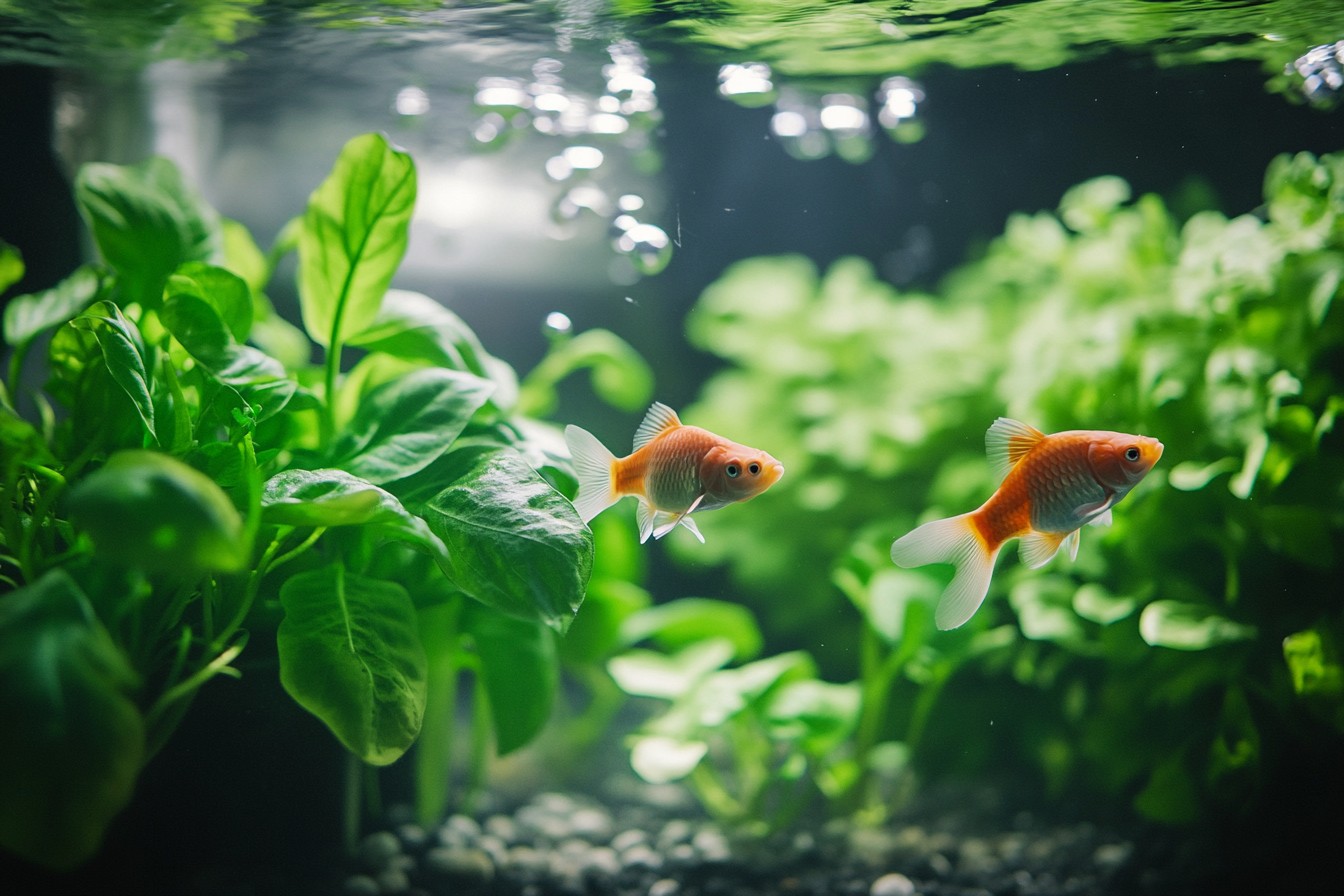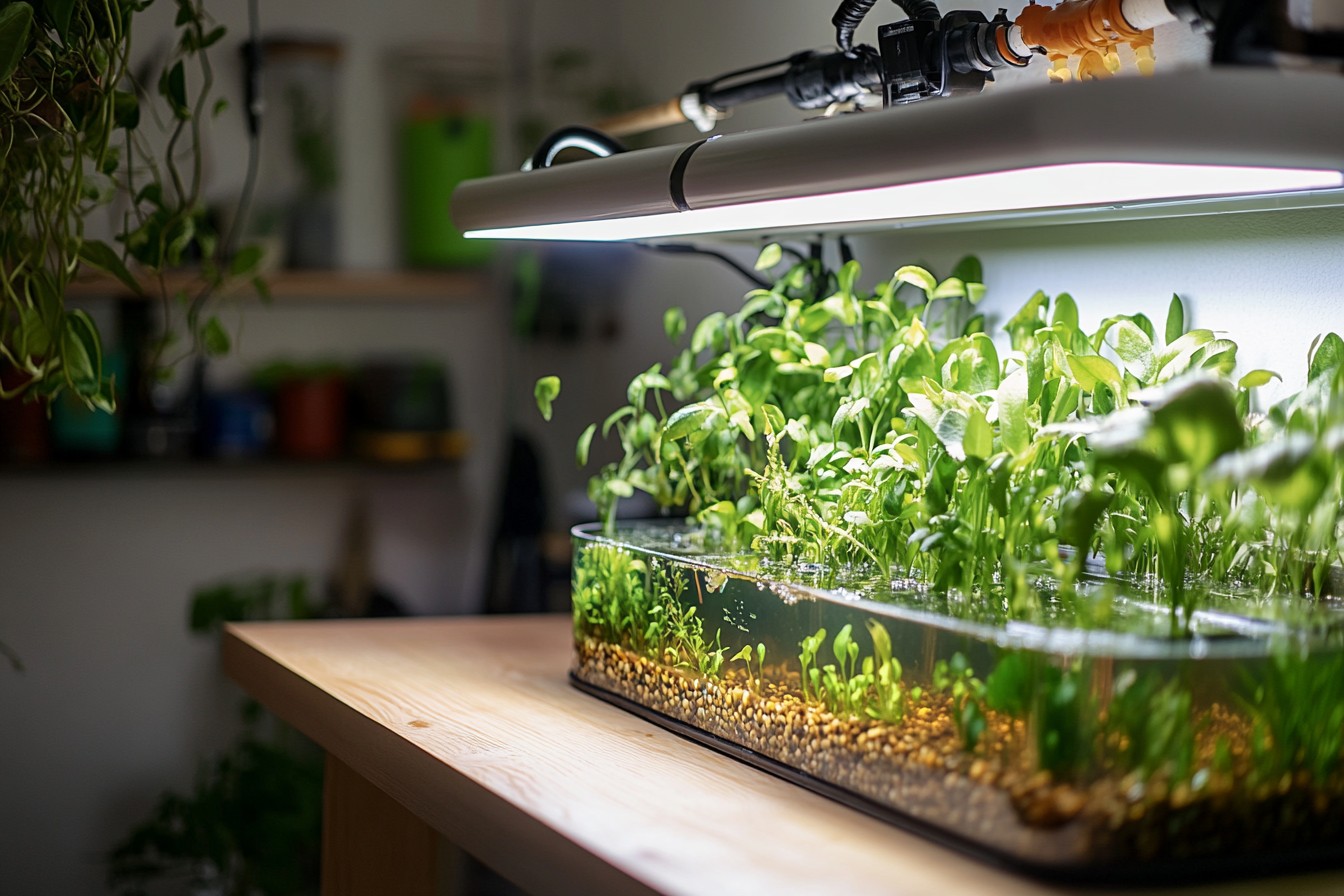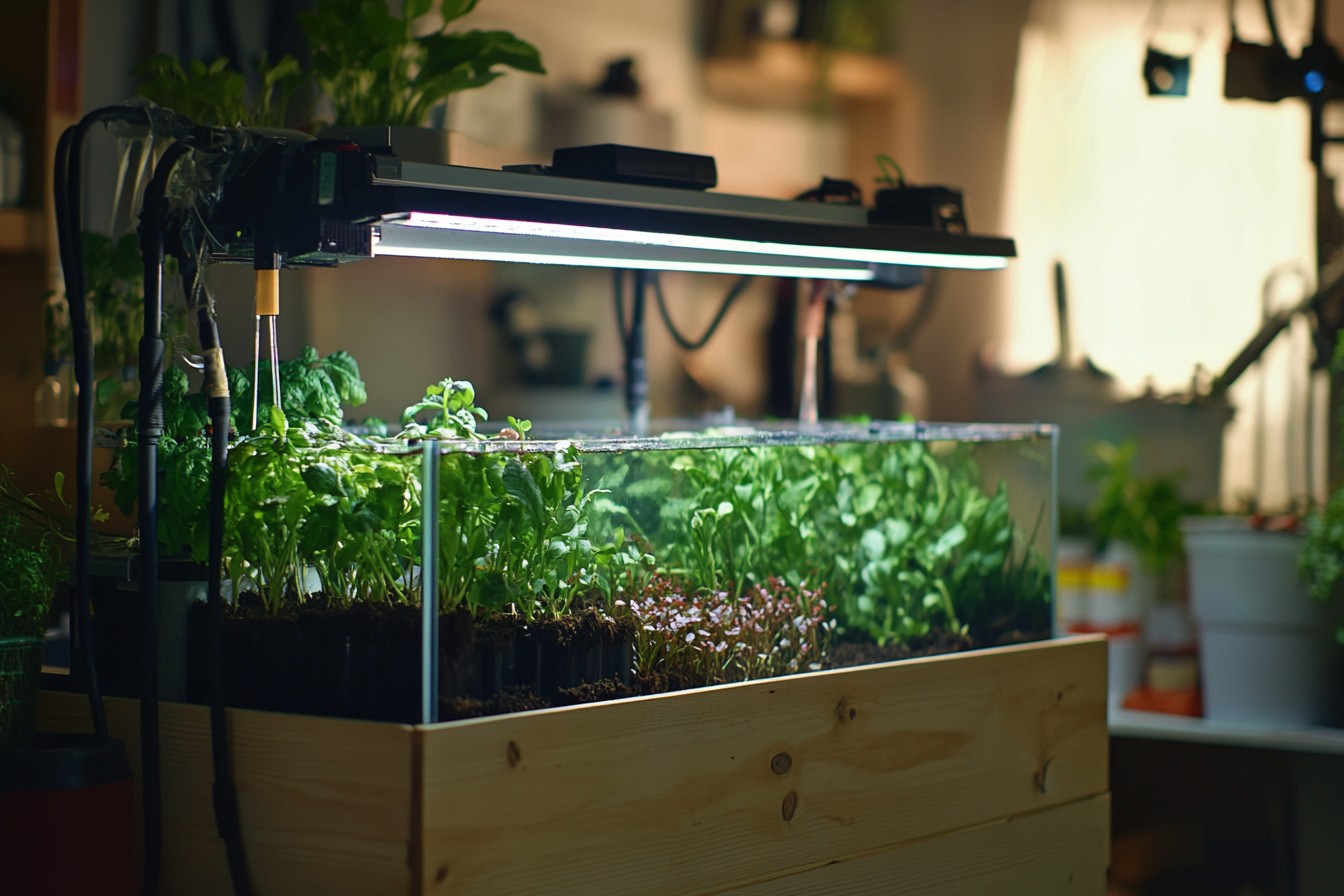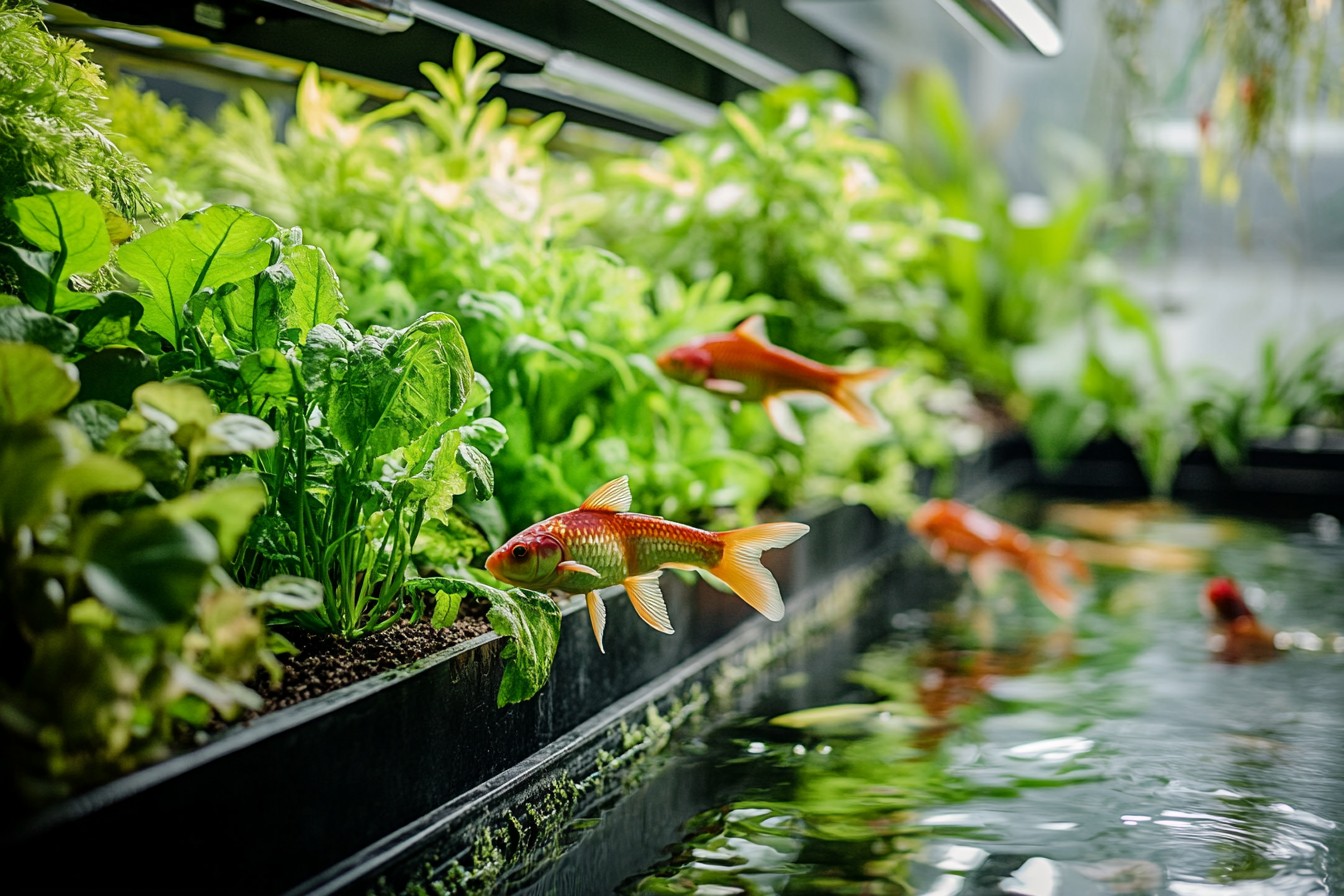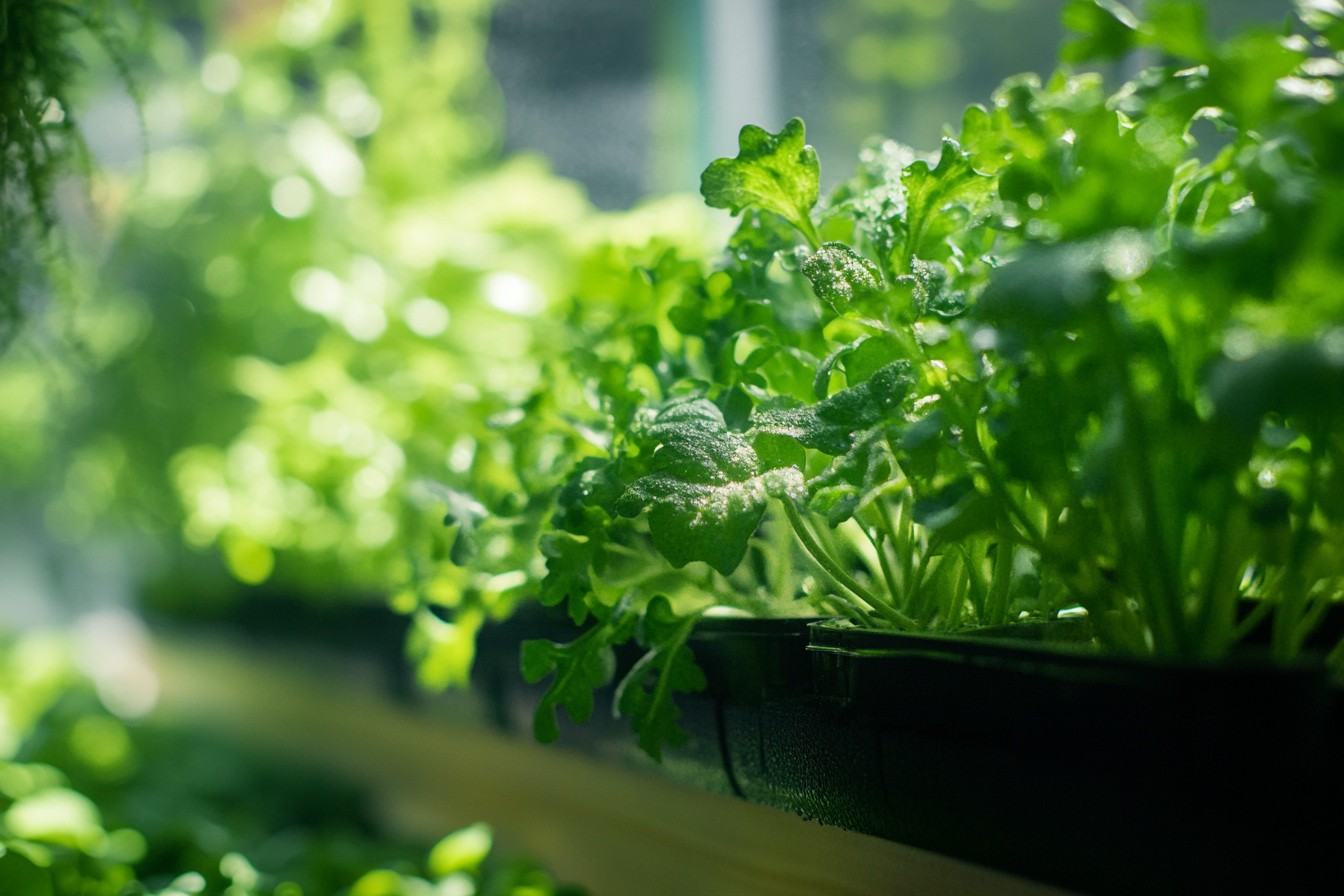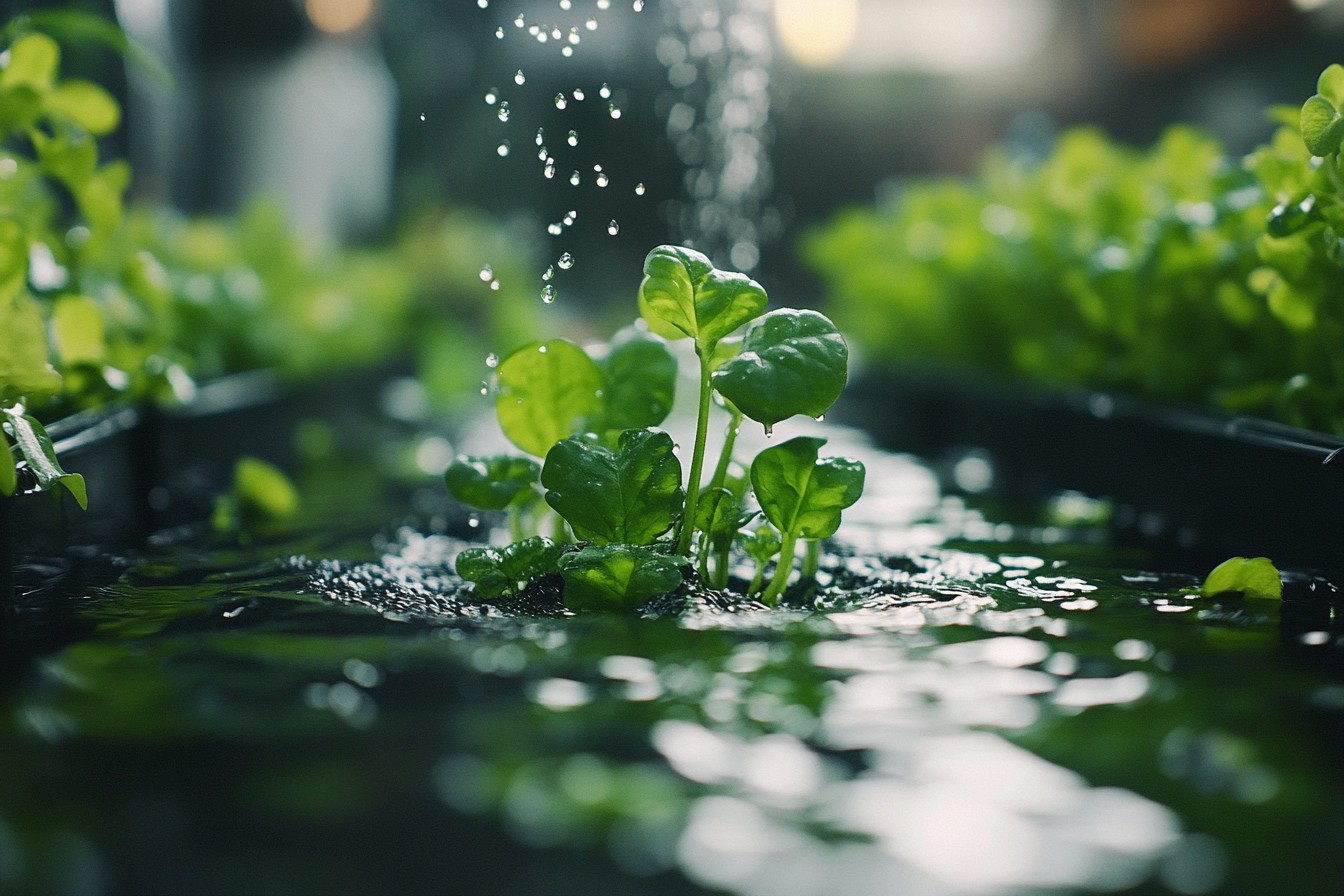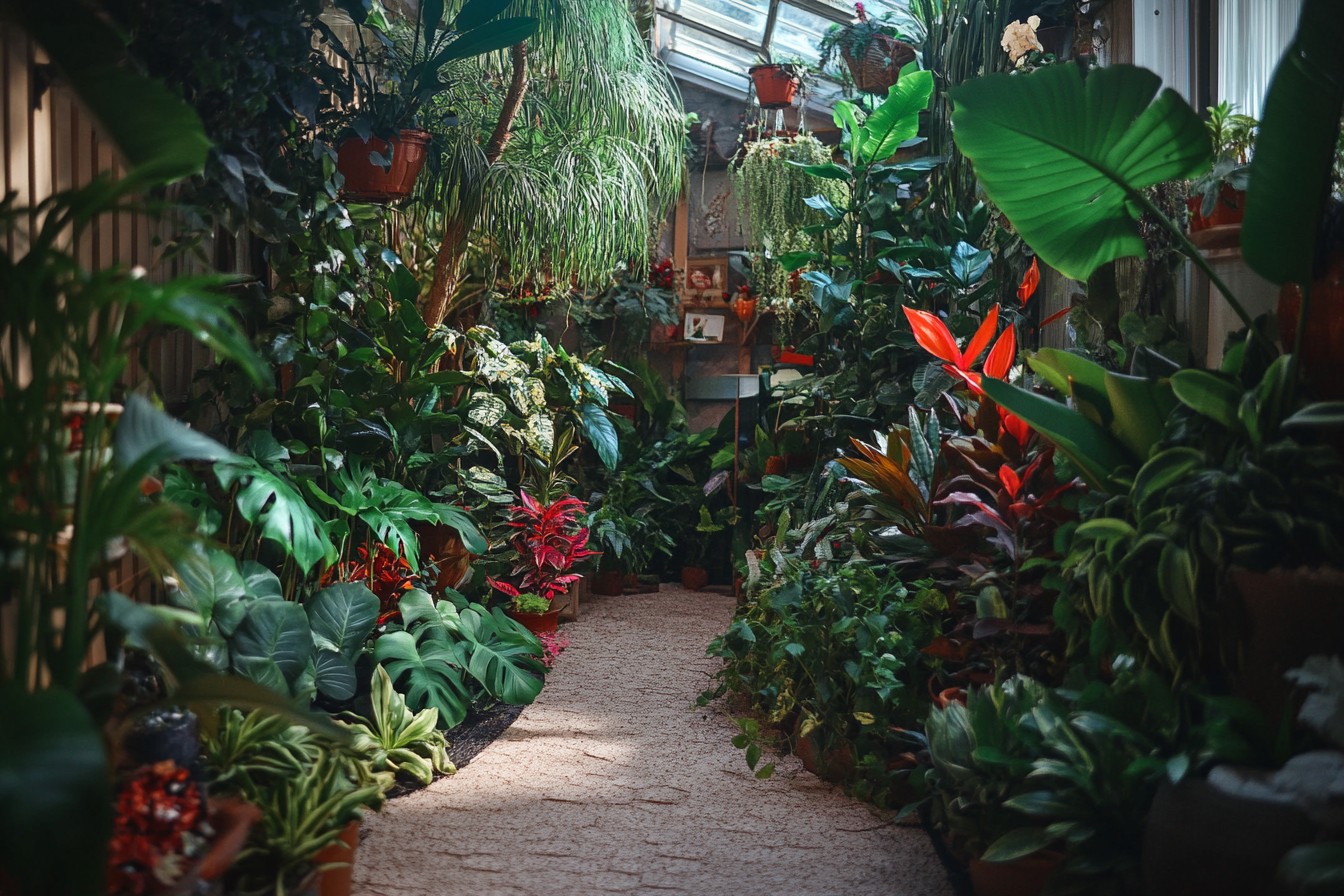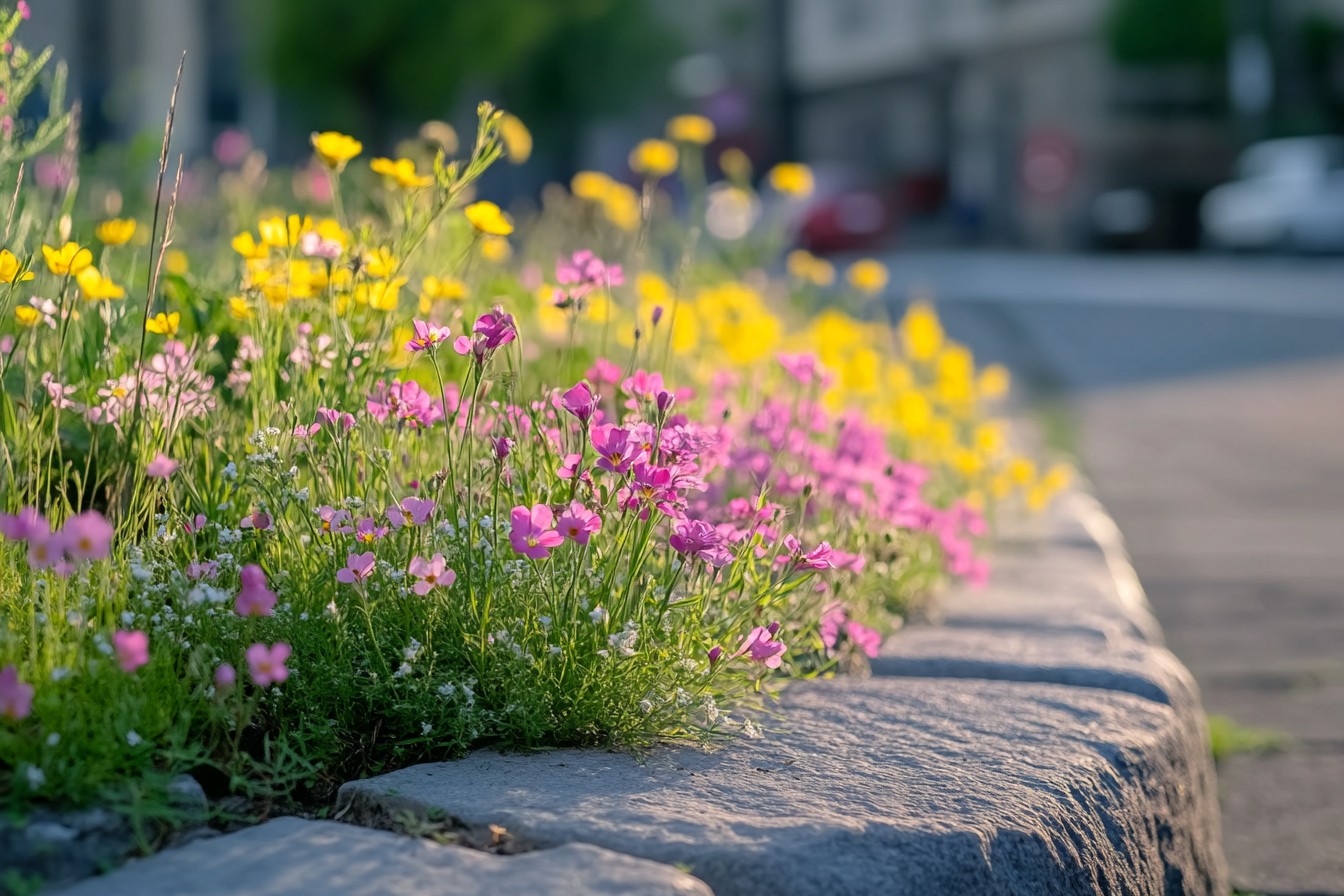Let’s talk money. Not the fun kind that buys you vacation tickets or nice dinners, but the kind that slowly leaks out of your bank account when you decide that growing lettuce should definitely involve fish somehow. Yeah, that kind.
When I first got the aquaponics bug three years ago, I watched exactly seven YouTube videos and decided I was basically an expert. The guy in video number three (username AquaBob42) promised I could build a “complete system for under $200 using parts from any hardware store.” AquaBob42, I want you to know I still think about you sometimes. Usually while signing credit card receipts.
My initial budget projection was $275. I actually wrote this number down in a notebook, circled it, and underneath it wrote “MAXIMUM SPENDING – DO NOT EXCEED” in the kind of aggressive all-caps that suggests I already knew I was lying to myself. That notebook is now stained with fish water and has several additional zeros added to that original number.
Let me break down what this system actually cost, category by category, in excruciating detail. The tanks were my first expense, and honestly one of the few areas where I came in under budget. I found a 55-gallon food-grade barrel on Craigslist for $25 and a 30-gallon barrel for $15.
The guy selling them had used them for some kind of pickling operation and assured me they were “totally food safe,” which I chose to believe because it was convenient and cheap. They smelled vaguely of vinegar and cucumbers for the first six months. My fish didn’t seem to mind, but visitors to my apartment definitely had questions about the pickle aroma.
The grow beds cost significantly more than expected. I originally planned to use simple plastic storage totes—maybe $40 total. But after one collapsed under the weight of wet grow media and dumped 20 gallons of water onto my apartment floor at 2 AM (leading to a panicked call to my downstairs neighbor Sheila, who is a saint among humans), I realized I needed something sturdier.
Three proper grow beds with reinforced bottoms ran me $127.84. Add in bulkhead fittings, waterproof sealant, and assorted plumbing connectors: another $83.49. Ah, the grow media.
This is where things started getting properly expensive. I needed something inert that wouldn’t break down in water, would provide good surface area for beneficial bacteria, and allow proper root growth. Expanded clay pellets (often called Hydroton) were the obvious choice, but holy crap, those little clay balls are apparently made of gold.
Filling three grow beds required 200 liters of the stuff at a cost of $219.37. Yes, I paid over two hundred dollars for tiny balls of baked clay. I try not to think about it.
Plumbing was a nightmare, both logistically and financially. My original sketch showed a simple loop system with one pump. The reality involved 47 trips to the hardware store, a complete redesign halfway through construction, and a total of $176.23 in PVC pipes, connectors, valves, and adapters.
That doesn’t include the $92.45 I spent on tools I didn’t previously own, like a proper pipe cutter and something called a “deburring tool” that I didn’t know existed before this project but now cannot imagine living without. The water pump was an early lesson in “buy once, cry once.” I initially purchased a $35 submersible pump that died after two months of continuous operation. Its replacement, a $89.95 commercial-grade pump, has been running continuously for over two years now.
Electricity for the pump costs roughly $6.78 per month, which adds up to $81.36 per year. Oh, and let’s not forget the backup battery system I installed after a 14-hour power outage nearly killed everything in the system—that was another $124.89. Fish were surprisingly affordable…
at first. My initial stock of 12 tilapia fingerlings cost $36 plus $22 shipping. But then I needed a water testing kit ($54.99), fish food ($27.95 per month), a net ($12.99), a quarantine tank for new arrivals ($43.50), and various water additives to maintain proper pH and ammonia levels ($32.78 initially, about $15 every two months after that).
I haven’t even mentioned the filtration system yet. After my first crop of lettuce developed a mysterious slime that I’m still having nightmares about, I realized I needed both mechanical and biological filtration beyond what the grow beds provided. A proper solids filter: $109.99.
Additional bio-filter media: $67.45. And after losing half my fish to an unexpected pH crash during a summer heat wave, I invested in an automatic monitoring system that cost—deep breath—$212.87. The lighting setup evolved over time as I realized sunshine through my north-facing windows wasn’t going to cut it.
Started with two shop lights ($32.99 each) before upgrading to proper LED grow lights at $89.95 apiece. I now have four of those running 12 hours a day, adding roughly $14.23 to my monthly electric bill. Temperature control became critical after my first winter, when I discovered my apartment’s heating couldn’t maintain a consistent temperature for tropical fish.
A 300-watt aquarium heater ($43.99) solved the cold problem, but then summer arrived with 90-degree days and no air conditioning in my old building. An oscillating fan ($29.95) helped some, but I eventually installed a dedicated window AC unit ($179.99) just for the aquaponics corner of my living room. My summer electric bill jumped by approximately $45 per month.
The automation components started as a luxury and somehow became necessities. After killing one too many plants during work trips (before Darren from accounting kindly agreed to be my “fish buddy” when I travel), I installed a basic timer system ($24.95) that evolved into a Raspberry Pi-controlled monitoring setup that tracks water level, temperature, pH, and automatically adjusts the system. Parts for that little project: $142.68, not including the three Raspberry Pis I fried while learning about waterproofing electronics the hard way.
I’m not even going to detail the cost of seeds, seedling trays, nutrients for leafy greens versus fruiting plants, the specialized pruning tools, or the reference books I’ve accumulated. Just know they exist, and they weren’t free. So what’s the final damage?
My original $275 budget has ballooned to—I just added it all up and briefly considered not finishing this paragraph—$2,387.44 in direct system costs over three years. That doesn’t include monthly operational costs of approximately $51.73 for electricity, fish food, and water additives. It also doesn’t account for the two water-damage incidents that cost me portions of my security deposit.
Now for the awkward question: What’s the return on this investment? In terms of actual produce, I harvest roughly 12-15 heads of lettuce monthly, a steady supply of herbs, and seasonal vegetables like tomatoes and peppers. Current market value of this harvest averages about $45-60 per month.
The tilapia provide a protein harvest approximately three times a year, yielding about 10-12 pounds of fish each time, market value around $55 per harvest. So generously, that’s about $75-80 monthly in food value. Which means, not accounting for the value of my time (ha!), I should break even on this system in…
*checks calculator, winces*… another 2.3 years. Maybe longer if anything major breaks.
So why do I keep this ridiculously expensive ecosystem running in my apartment? It’s definitely not financial sense. It’s not even convenience—shopping would be infinitely easier than maintaining this biological ballet of fish, bacteria, and plants.
The truth is embarrassingly simple: I love it. I love watching the cycle work—fish waste feeding plants, plants cleaning water, water returning to fish. I love eating a salad I grew myself using what is essentially a closed-loop life support system.
I love the problem-solving, the constant tweaking, the way the system responds to changes. There’s something profoundly satisfying about creating a miniature, functioning ecosystem in my living room, even if it occasionally leaks on my floor and eats money like a particularly hungry fish. Would I recommend others jump into aquaponics?
Absolutely, but with caveats thicker than my filter media. Start small. Start cheap.
Don’t do what I did and convert a third of your living space into an indoor pond before you understand cycling nitrogen or the territorial behavior of male tilapia during breeding season. A simple countertop system costs under $100 to build and will teach you 80% of what you need to know with 20% of the financial risk. And whatever budget you set for yourself at the start?
Triple it. Then add a little more for that emergency 3 AM hardware store run that’s definitely in your future. You’ll thank me later.
Probably while standing in your living room, soaking wet, holding a broken pump and questioning your life choices. Welcome to aquaponics! The water’s fine.
